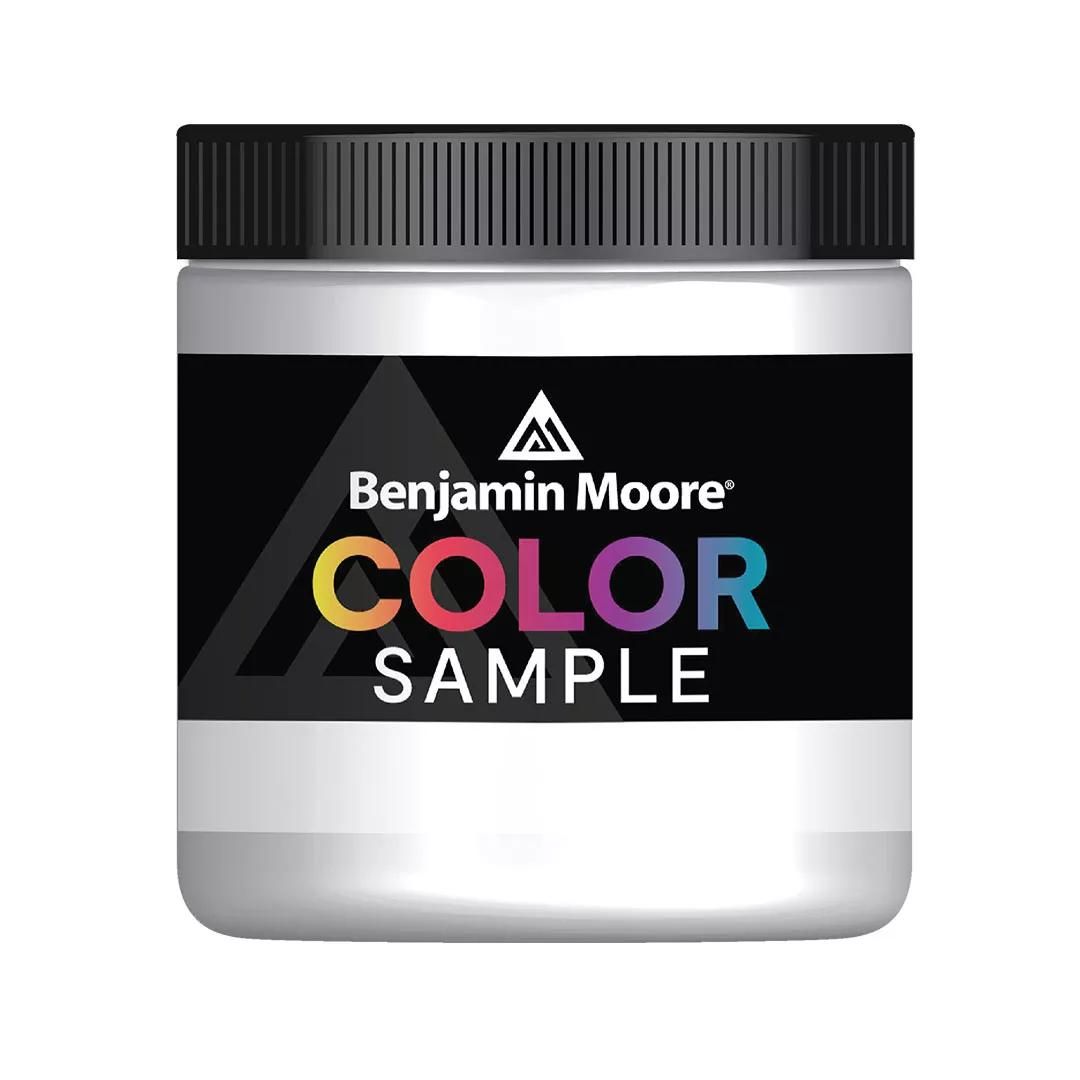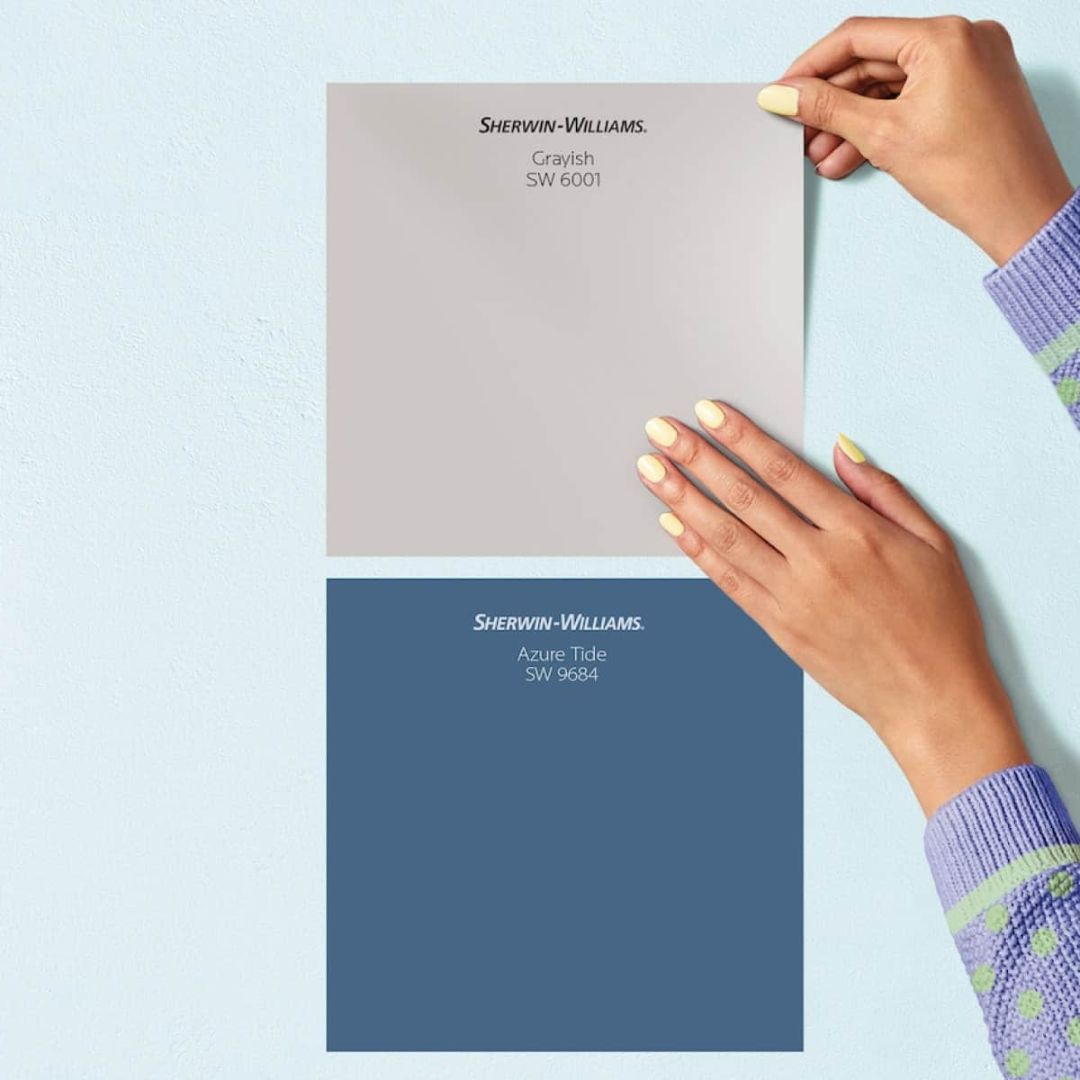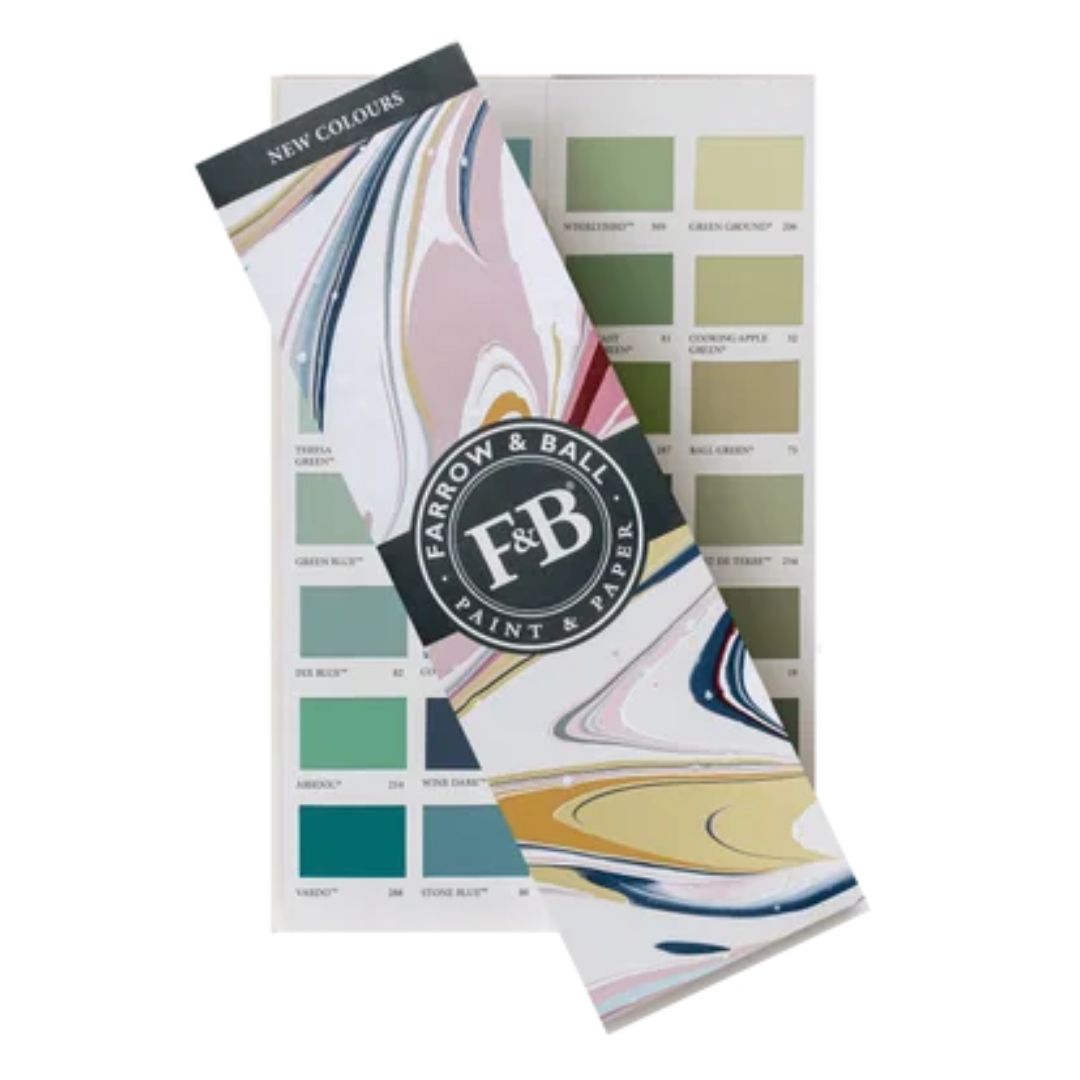How does light affect paint colors? Experts reveal their trade secrets
Light plays a huge part in painting your property – these are the three things you need to consider before selecting your shade

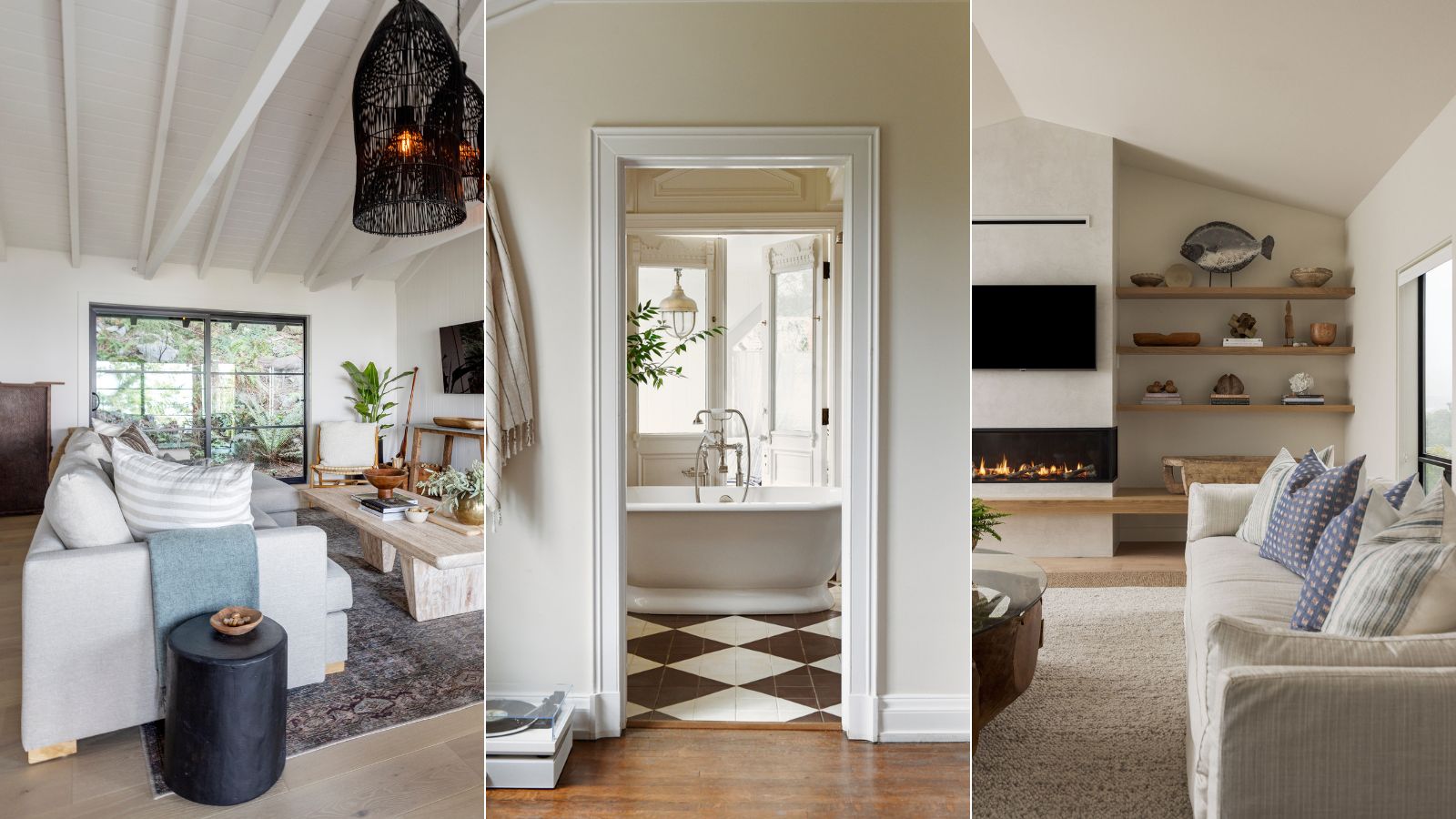
You have likely heard about the importance of testing paint samples in different lights before redecorating your home – but do you understand how light affects paint colors?
While it is simple to see that color looks lighter or darker in certain lights, different light sources and colors can have a big impact on the appearance of paint, thanks to color theory. Certain lights could make one color look like an entirely different shade.
Here, color experts from leading paint companies have explained how light affects paint colors to help you make the best redecorating decisions.
How does light affect paint colors?
A key part of using paint samples correctly is understanding how light affects the final color. It is not as simple as popping them by your window, however. Different kinds of natural and artificial lighting, from bright and yellow whites to colored LEDs, all impact tone and shade.
How natural light affects paint colors

We are all looking for ways to increase natural light in our homes, but it arguably has the biggest impact on our paint colors. Mainly because there is nothing we can do to alter how it bounces around our rooms. This is why you often hear interior designers discussing the best colors for a north-facing room and the best colors for a south-facing room.
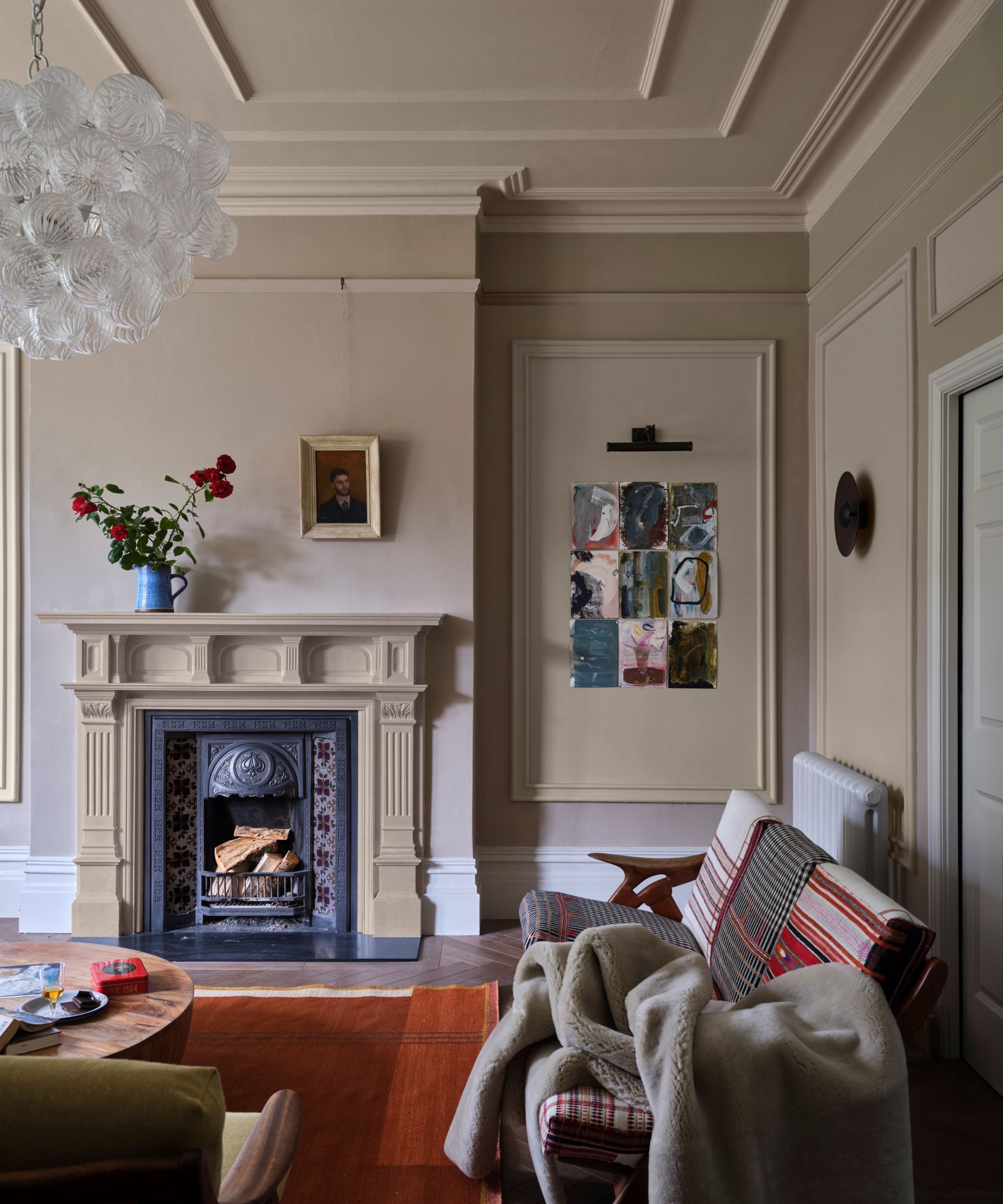
‘I always recommend homeowners to consider the presence and direction of natural light in a space before choosing a final paint color,’ begins Sue Wadden, Director of Color Marketing at Sherwin-Williams. ‘For example, a north-facing room painted in a warm orange-red color will appear brighter and warmer, whereas a west-facing room painted in that same color will become intensely vivid in the late afternoon. A west-facing room can look dull and shadowy in the morning but be bathed in a warm glow in the evening thanks to the setting sun.
‘Additionally, an east-facing bedroom that gets strong light with the early sunrise will look very different when seen late at night in artificial lighting.’
Design expertise in your inbox – from inspiring decorating ideas and beautiful celebrity homes to practical gardening advice and shopping round-ups.

With a strong background in design and color leadership, Sue Wadden was appointed director of color marketing at Sherwin-Williams in 2016, and has been with the paint brand since 1998.
The best way to combat this is to try out your color swatches around the room so you can see them in different lights, continues Charlotte Cosby, creative director at Farrow & Ball:
‘One color can vary depending on the room and even look different as the light changes throughout the day. Light can bring out or downplay the pigments and undertones of each color.
‘In south-facing spaces that receive warm, natural light all day (climate dependent), colors will look extremely different to those in north-facing spaces, which receive little to no natural light,’ Charlotte explains. ‘In these rooms, the lack of light will emphasize the cooler gray and green undertones of colors.’
She urges you to resist leaning into this perceived ‘gloominess’ with a plain white, however, and instead opt for a more dramatic, cooler tone. ‘Darker tones such as Inchyra Blue and Railings will give a living room a magical quality, particularly in the evening light.’

Charlotte began her career in finance, but she soon realized that her heart was in the creative world and she moved to Farrow & Ball in 2006. She has full responsibility for creative direction, including product development, brand identity, photography, showroom design and much more. Charlotte is passionate about pattern, colour and design.
South-facing rooms, by virtue of being opposite, are much brighter and warmer in tone – ‘gentle off-white shades and pale aquas will work beautifully to embrace the benefits of the abundant sunlight,’ Charlotte recommends. ‘Consider something with a soft undertone, like Tailor Tack or School House White, to create a clean and bright space. Gentle greens and blues are also perfect hues for creating a light-filled sanctuary.’
How artificial light affects paint colors
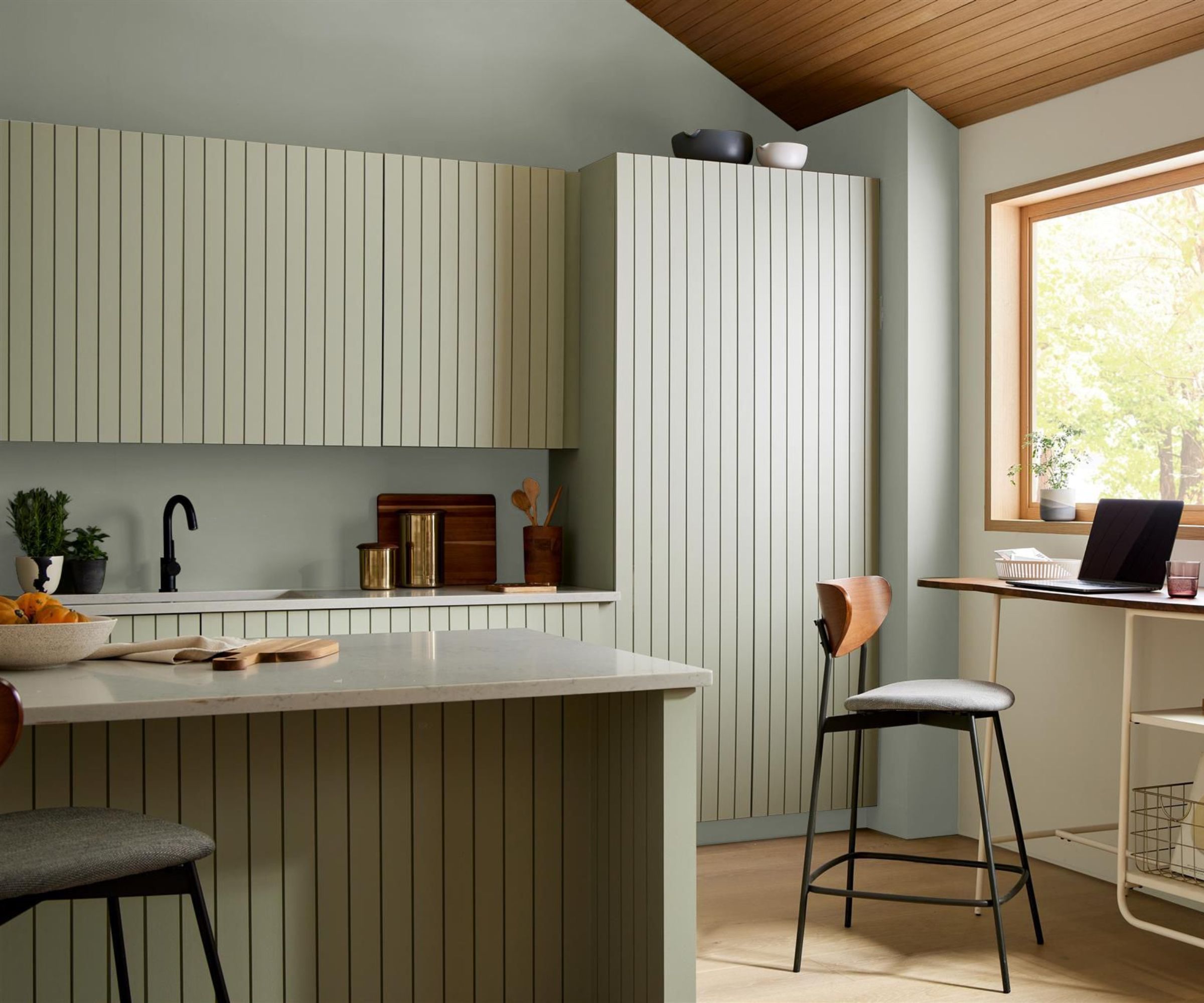
When the sun goes down, the pressure is on our artificial light sources, such as lamps, candles, and even fireplaces, to bring out the tone of our wall paint. Whether you use bright white task lighting, make a living room cozy with lighting in warm orange hues, or add to a cinema experience with color-changing LEDs – or a mixture of all three – you need to consider them when picking your paint.
'This is where understanding lighting temperature basics is really important,' says Erika Woelfel, VP of Color and Creative Services at Behr. ‘Warm artificial lighting tends to emphasize the yellow undertones, while bright white light will bring out the cooler tones in the paint color.’

Erika Woelfel is the VP of Color and Creative at Behr. She has over 20 years of experience across color consulting, visual merchandising, graphic design and marketing.
A post shared by Sherwin-Williams (@sherwinwilliams)
A photo posted by on
Flora Hogg, interior designer and color consultant at Craig & Rose, adds that; ‘by paying attention to the types of bulbs used in your lighting fixtures from downlights, wall lights, pendants, and lamps, you can bend the color to your will.'
‘I've spoken to many clients often mentioning some paint colors looking colder or bluer even with the curtains drawn, which is frequently due to the use of cool white light bulbs at 4000K+,’ she says. ‘Swapping them out for warm light bulbs at around 2000-3000K makes a room feel more comfortable and warmer as well as the paint color.’

Flora Hogg has worked in the interior design and color industry for almost 10 years. She is currently the resident color expert at artisan paint brand Craig & Rose.
How to pick the best paint for your lighting

Whenever you are choosing paint colors – be it for your walls, trim, or painting furniture, it is important to swatch first and paint later.
‘We always recommend bringing home color chips and taping them to walls or painting a sample swatch and viewing it in your desired space at different times of the day, especially if you have natural light in the space,’ says Erika Woelfel, VP of Color and Creative Services at Behr. She adds that it is not just the color you need to pay attention to but the finish as well:
‘Different paint finishes/sheens can also impact the color appearance in different lighting settings, so it’s helpful to view your desired color in the correct sheen for your space.
‘For example, a hi-gloss sheen on trim or door will amplify the color and provide more depth with lighting reflecting off the color than the same color in matte on the walls.’
FAQs
Does paint get darker or lighter as it dries?
Often, a wall paint color will get darker as it dries. This is because the solvent used to keep paint in a liquid state evaporates as it is exposed to air (this allows it to dry and stay on your walls without wiping off). Because of this, it is important always to swatch your paint samples and allow them to dry before deciding on which paint to go for.
Why does light affect color?
Light and color are intrinsically linked – you cannot have one without the other, which is why light has such a drastic effect on our paint. Light appears differently depending on its wavelengths. Cooler, bluer light has a longer wavelength than warm-toned light. As such, when these wavelengths of light hit color, they refract differently, making the color appear different to the eye. In short, the light rays bounce off the paint differently, altering its appearance.
No matter if you pick your paint or your lighting first, remembering that one will have a drastic impact on the other is the best way to make sound decisions when decorating your home

Chiana has been at Homes & Gardens for two years and is our resident 'queen' of non-toxic living. She spends most of her time producing content for the Solved section of the website, helping readers get the most out of their homes through clever decluttering, cleaning, and tidying tips. She was named one of Fixr's top home improvement journalists in 2024.
